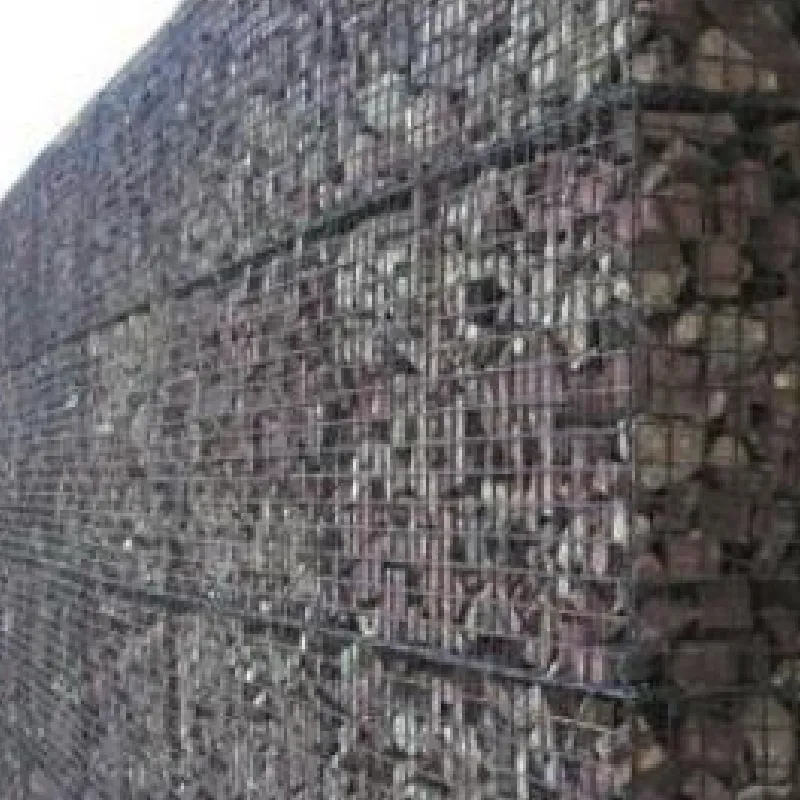Dec . 11, 2024 10:29 Back to list
Evolution of Barbed Wire and Its Impact on Modern Fencing Solutions
The Evolution and Impact of Modern Barbed Wire
Barbed wire, a simple yet revolutionary invention, has transformed agricultural practices, boundary demarcation, and security measures since its inception in the late 19th century. The modern iteration of barbed wire, often perceived as purely utilitarian, carries with it a rich history and a multitude of implications for society. Understanding the origins, advancements, and contemporary uses of barbed wire helps shed light on its significance in various facets of life.
Historical Background
The development of barbed wire can be traced back to the agricultural needs of the American Great Plains in the 1870s. With the expansion of the American West, cattle ranchers required an efficient method to enclose livestock and protect crops from being trampled. Joseph Glidden’s design, patented in 1874, marked a turning point his version featured sharp barbs that effectively deterred animals from breaching fences. This innovation not only facilitated the growth of the cattle industry but also played a crucial role in the land disputes and conflicts that characterized the era of westward expansion.
As the 19th century progressed, barbed wire became a symbol of the closing frontier. It delineated private property, which was essential in a rapidly developing nation where land was the key to wealth and survival. The increased use of barbed wire transformed the landscape; vast open ranges were segmented into defined properties, altering the relationship between land and ranchers. This shift was not without conflict, as sharpshooters and cattle rustlers often clashed, and infamous fence-cutting wars erupted in the late 1800s as cattlemen fought against the proliferation of barbed wire fencing.
Technological Innovations
The 20th century witnessed significant advances in the design and manufacture of barbed wire. The introduction of new materials and production techniques has made modern barbed wire more durable and efficient. Galvanization has become standard, greatly enhancing resistance to rust and harsh weather conditions. New types of barbed wire, such as barbed tape and razor wire, further reflect technological progress, providing enhanced security features. These innovations have broadened the applications of barbed wire beyond agriculture to areas such as military, correctional facilities, and private security.
modern barbed wire

Barbed wire’s expanded functionality is seen in various contexts. In military applications, concertina wire—a type of barbed wire that can be easily deployed—serves to protect perimeters and control access during conflicts. Additionally, in correctional facilities, barbed wire is employed as a deterrent against escape, forming a formidable barrier that is difficult to breach. Thus, modern barbed wire not only marks boundaries but also acts as a critical tool for security and protection.
Cultural and Societal Implications
Beyond its practical applications, barbed wire carries profound cultural and societal implications. It has often been associated with confinement, control, and social division. The imagery of barbed wire is frequently utilized in film and literature to symbolize oppression and the struggle for freedom. It evokes powerful emotions, representing both protection and entrapment, safety and danger.
Moreover, the symbolic weight of barbed wire has been thrust into the spotlight in discussions around immigration and border security. In contemporary political discourse, the construction of walls and the installation of barbed wire along borders have ignited heated debates over national security, human rights, and the treatment of migrants. The presence of barbed wire in these contexts amplifies the complexities surrounding issues of identity, belonging, and exclusion.
Conclusion
Modern barbed wire stands as a testament to human ingenuity, reflecting our need for security and division while simultaneously highlighting the ethical dilemmas surrounding its use. From its origins as a practical solution for ranchers to its role as a symbol of control and segregation, barbed wire resonates deeply within the fabric of society. As we continue to grapple with the consequences of this seemingly simple invention, it is crucial to recognize the broader implications that barbed wire has on our contemporary landscape—both physical and metaphorical.
-
Reinforcing Mesh: Core Material of the Construction Industry
NewsJul.07,2025
-
Welded Wire Fabric Reinvented for Modern Projects
NewsJul.04,2025
-
Superiority of Stainless Steel Woven Mesh
NewsJul.04,2025
-
Key Types of Razor Wire and Their Applications
NewsJul.04,2025
-
Durable Metal Fence Types for Security
NewsJul.04,2025
-
Best Materials for Livestock Fence
NewsJul.04,2025
products.







